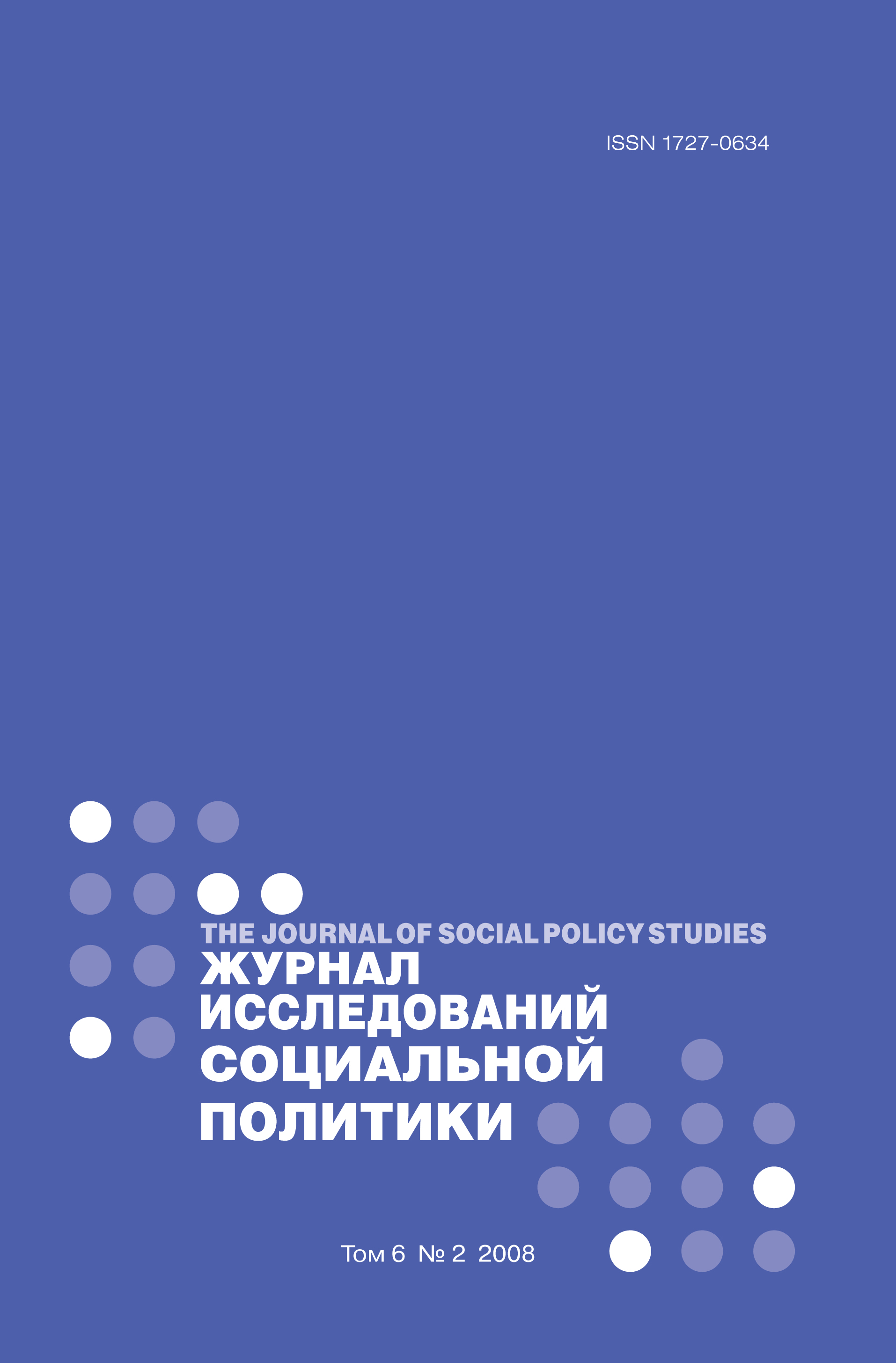Women and men in employment and at home: gendered work patterns in Russia and Sweden
Keywords:
family policy
Abstract
In this paper, we explore the interaction between the levels and forms of labour force participation and outputs of family policy realisation in Russia and Sweden. The study explores statistical indicators of public social services/assistance for families and labour force structure, as well as survey data obtained from International Social Survey Program, module ‘Family and Changing Gender Roles’ (1994, 2002). The results show that both Sweden and Russia facilitate the ‘dualearner’ family model, but that Sweden places a greater emphasis on dualcaring and flexible work arrangements for women. The support for traditional gender roles was much higher and more uniform in Russia than in Sweden. The proportion of ‘dualearner’ and female led families was neverthe less higher in Russia than Sweden, especially in 1994, when major restructuring in the social and economic sphere was occurring. The findings suggest that family policy is in strumental in facilitating female employment, but does not necessarily bring changes in either family or genderrole attitudes.Downloads
Published
2010-12-31
How to Cite
МотеюнайтеА., & КравченкоЖ. В. (2010). Women and men in employment and at home: gendered work patterns in Russia and Sweden. The Journal of Social Policy Studies, 6(2), 177-200. Retrieved from https://jsps.hse.ru/article/view/3630
Section
ARTICLES IN RUSSIAN















